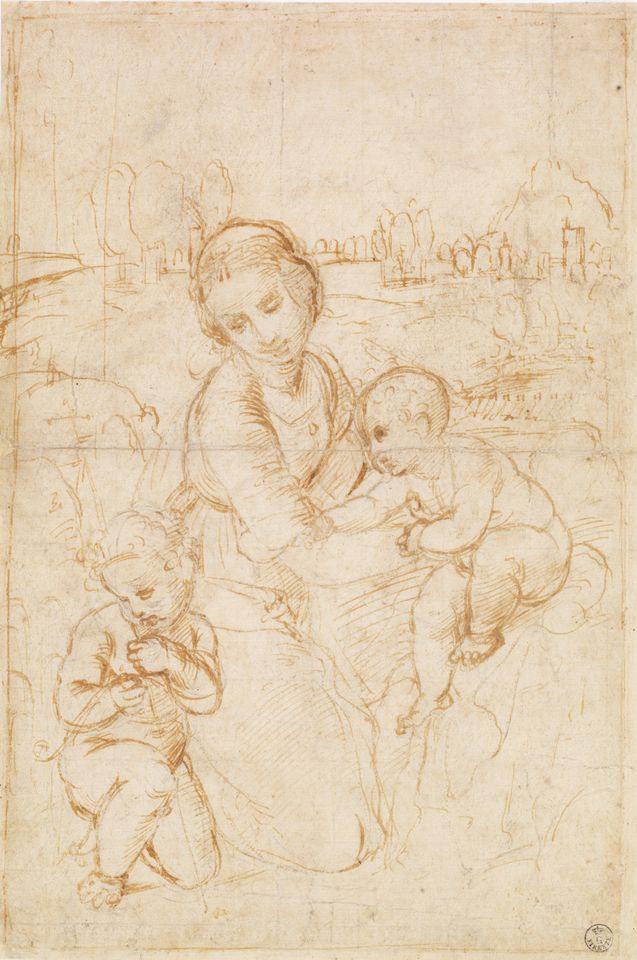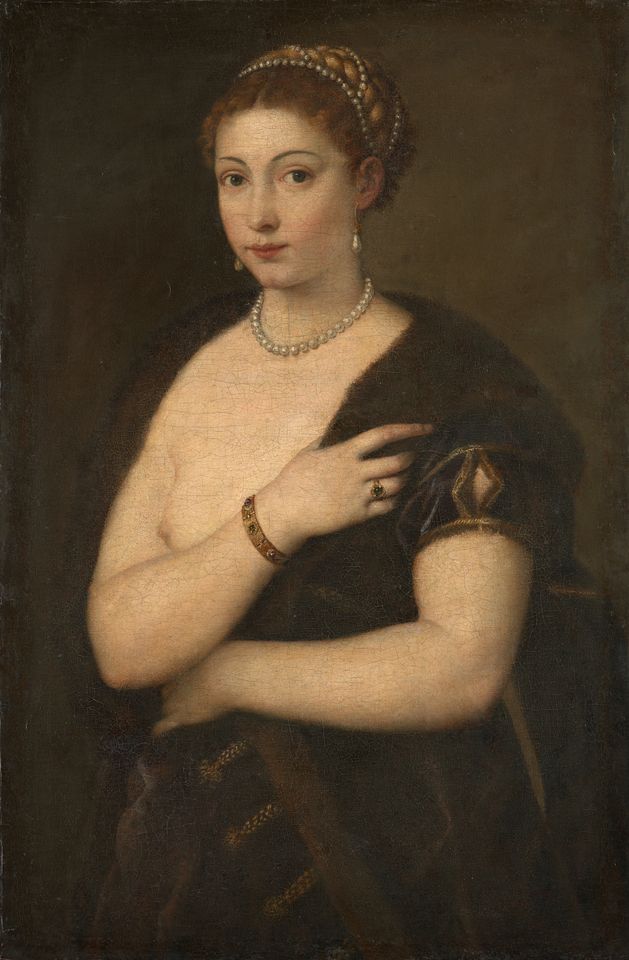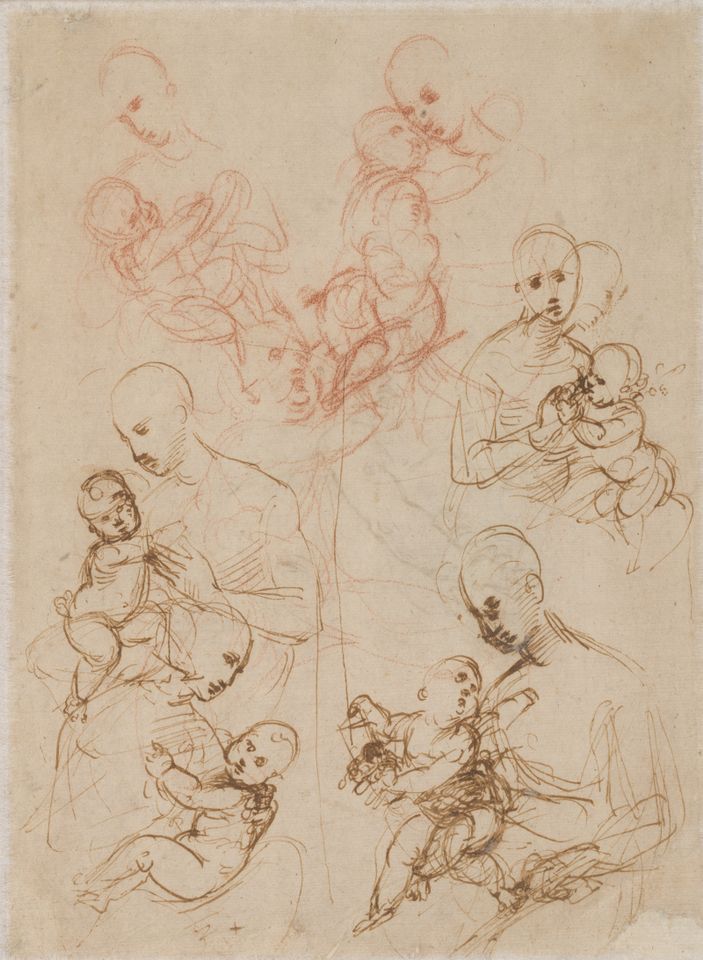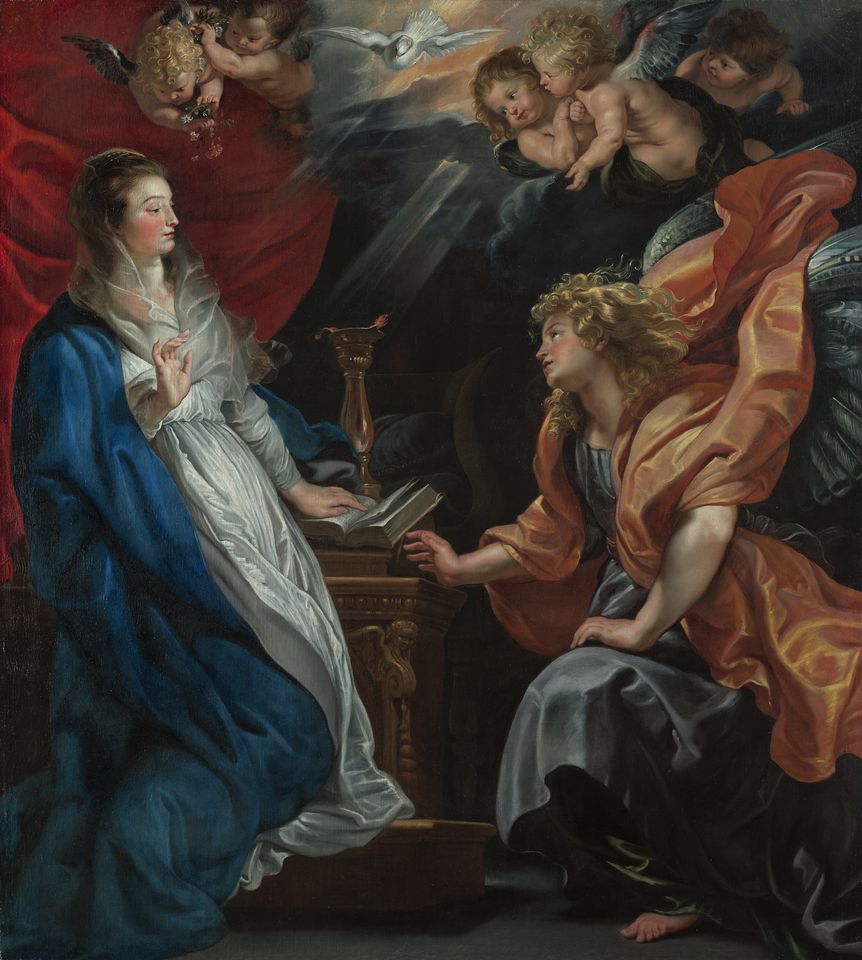By sheer coincidence (or providence, as the artists themselves would have believed), two large, monographic Old Master exhibitions in Vienna have been organized with very similar aims: to probe the artistic practices that resulted in unique, instantly recognizable painted works. The two artists, separated from each other by a century, might not at first seem comparable, but the investigations by the curatorial teams have revealed a great deal about the artists’ analogous thinking and working methods.
Raphael at the Albertina (until 7 January 2018), in a new version of the show that premiered earlier this year at the Ashmolean Museum, Oxford, runs simultaneously with Rubens: the Power of Transformation at the Kunsthistorisches Museum (until 21 January 2018, then at the Städel, Frankfurt, 8 February-21 May 2018).

The Raphael show, with 130 drawings and 18 paintings arranged chronologically, places the artist’s visual thinking and conceptual processes to the fore, using works to trace Raphael’s development from primo pensiero to completed paintings (the Oxford version was of drawings only), a survey of the artist’s entire career.

The Rubens show, with 127 paintings and works in other media organised in thematic sections, exposes the artist’s sources—drawings, prints and paintings by contemporary and Renaissance artists, and sculpture by ancient as well as Renaissance artists—and the ways in which Rubens, in his own drawings, oil sketches, modelli, cartoons and finished paintings, mastered, absorbed and completely transformed his store. The curators of the exhibition—Gerlinde Gruber, one of the museum’s curators; Stefan Weppelmann, the director of the museum’s Picture Gallery (Gemäldegalerie); and Jochen Sander, a curator at the Städel—have not shied away from using plaster casts for some of the sculptural examples.

Raphael’s career can stylistically be blocked out in three basic geographical moves and their attendant artistic progressions: Urbino/Siena/Perugia (1483-1504), where he was born and formed by his father, Giovanni Santi, then Pinturicchio and, above all, Perugino; Florence (1504-08), where works by Donatello, Fra Bartolomeo, Michelangelo and most notably Leonardo fed his imagination; and finally Rome (1508-20), the repository par excellence of classical sculpture combined with all his previous resources and an entirely greater range of responsibilities to produce his mature style (if one can so speak of an artist who died so young). By his death, Raphael was effectively the régisseur of Rome.

Rubens’s work develops in a similar network of travel, exposure and appropriation. Rubens lived in Antwerp from the age of 10 and, following his education at a grammar school and a spell as a court page, he became, at the age of 15, a pupil of local artists Tobias Verhaecht, Adam van Noort and Otto van Veen. Between 1600 and 1608 he travelled to Italy—to Venice, the court of the Duke of Mantua, as well as a lengthy stay in Rome. This is perhaps the most fecund period of his career in terms of influences: at each stage he studied the works of Titian, Veronese, Tintoretto, Elsheimer, Michelangelo, Raphael, Giulio Romano, Caravaggio and Annibale Carracci, not to mention the most highly regarded works of ancient sculpture.

























